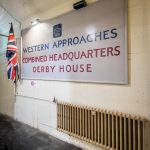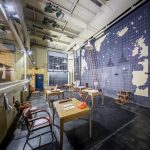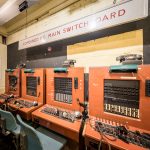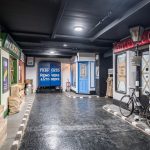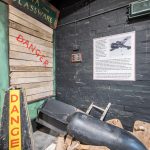Review: Western Approaches
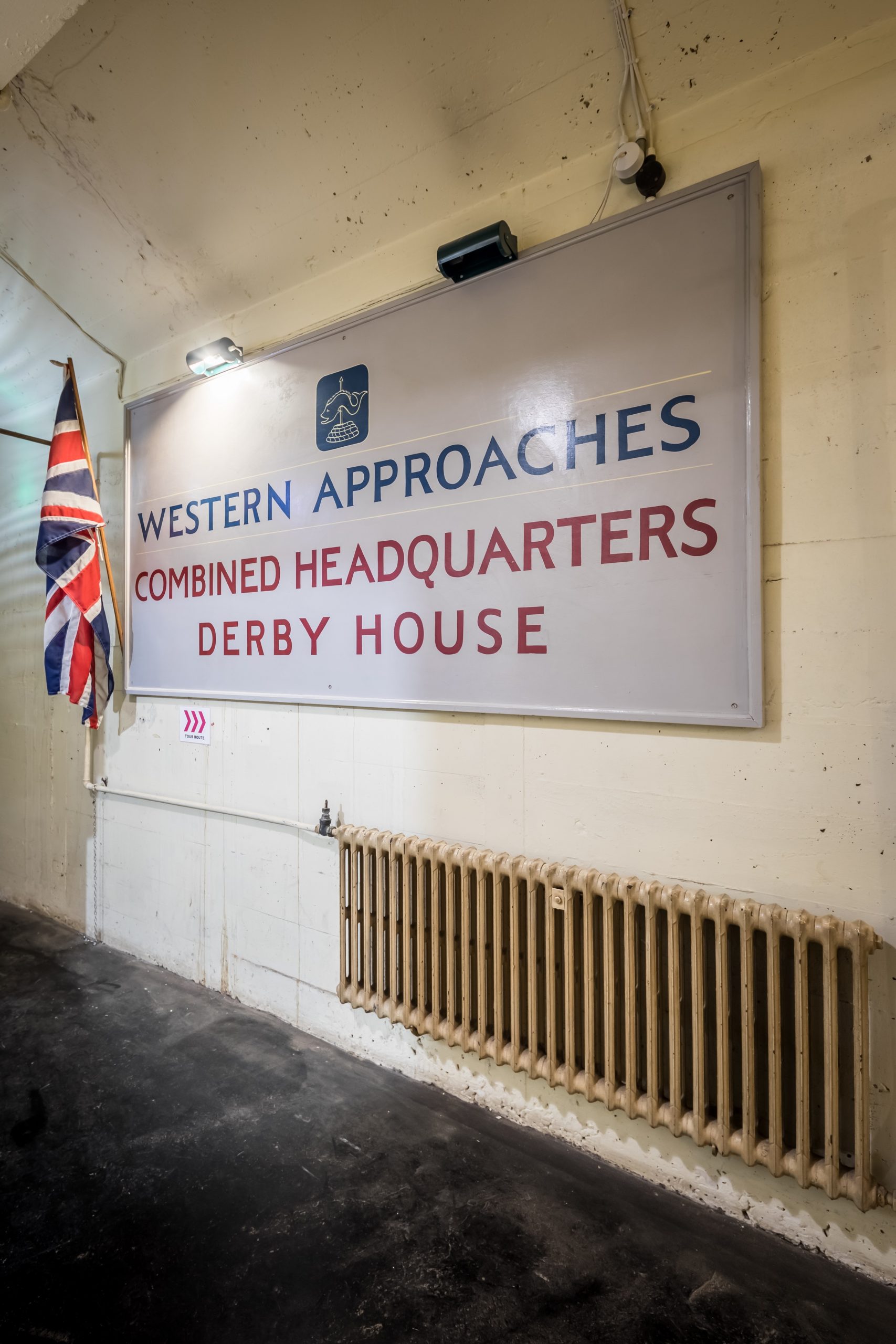
During WWII, Prime Minister Winston Churchill ordered that a new Command Headquarters was to be set up in Liverpool – the country’s main convoy port – as Plymouth was no longer a suitable location.
The site for the new HQ was underneath Exchange Flags, forming a top secret bunker which was built to protect the tactics of the British Armed Forces during the war.
The department became known as Western Approaches Command as it monitored Western Approaches, the rectangular area of the Atlantic Ocean lying immediately to the west of the British Isles.
Today, the vast bunker is now a museum with many rooms remaining exactly how they were left when the doors were closed on 15 August 1945. Educate Magazine was recently invited to experience what working life was like in this underground headquarters and how this secret operation played a pivotal role in the war.
The Liverpool War Museum, where the Western Approaches bunker lies, is on the west side of Exchange Flags and can be accessed via Richmond Street.
Upon entering you’re issued with a Permit to Enter – well, it is top secret after all! The permit is a replica of the ones staff would have used to gain access into the HQ. However, now the permit just requires you to find and collect four stamps from key areas of the bunker.
During the visit, there’s a number of things on offer to keep children engaged, including The Cipher Trail which tests children’s code breaking skills or The Trailblazer activity map which includes questions and challenges to complete in different rooms.
Western Approaches spans across 50,000 sq ft and not only was it bomb proof, it was also gas proof with a 7ft thick roof and 3ft deep walls. From the original architecture’s plans proudly displayed in the museum, you can see the sheer number of rooms and departments that were key to the entire operation.
Having gained our first stamp, we walked into The Green Room where you discover the history of Western Approaches Command and how it moved from south of the country to Liverpool.
There’s some fun craft activities on offer in this particular room, allowing you to try your hand at creating bunting for a fictional family fun day or make a Reichmarks kite – a kite made from the German currency at the time.
The currency went through a period of hyperinflation during the war and German children would make kites out of the worthless bank notes. Whilst real bank notes aren’t on offer to use today, realistic print outs are supplied so children can make their own. This is a great way of demonstrating the resourcefulness of youngsters back then and how they ‘made do’ with what was available to them in order to keep themselves entertained.
From this room, you pass into the Central Command Area which housed the main power supply to the bunker. The original one still remains there today!
Next you enter The Operations Room which back then would have been a hive of activity and the nerve centre of the HQ. The room almost remains untouched and is even accompanied by the sound of typewriters, phones ringing, pacing footsteps and mumbling voices.
This room was incredibly important and the actions of the people working here could be the difference between a ship surviving its voyage or being destroyed. Vital information would relayed around the building, whilst the locations of aircrafts, boats, ship or aircrafts would be plotted on the imposing map that occupied the largest wall.
Here, children can not only make calls on the original telephones and get to grips with using a typewriter, they can also try on the uniforms and read diary extracts from people who worked in the bunker.
Throughout your time in the museum you’re offered a real insight into working life in the war. You’re introduced to key personnel and the important jobs that were performed during this time in history. Refreshingly, there is a huge focus on the women from this era and how positions such as WRNS (or Wrens) were vital to the entire operation.
As you walk through the rest of Western Approaches, visitors can learn about Morse code and try out sending their own secret messages, whilst also learning more about other the communication systems the staff used in order to relay top secret information.
During WWII, Liverpool was one of the most heavily bombed cities outside of London. Staff would often spend days at a time working in the bunker, with no idea what would face them when they finished their shift. Would the street above them still be there? Will their own home still be standing? Will their loved ones even be alive?
To make you fully comprehend what life was like, the museum has constructed a war-time street scene. Known as Dock Lane, it is complete with a green grocers, a sweet shop and a clothes shop, at the end of the street is an area which has been hit by a bomb. Incredibly, the bomb is actually real!
This fantastic attraction has plenty to offer and caters to all ages, whether you’re looking for something to do during the school holidays as a family or if you’re a teacher looking to broaden the young minds of your class, you’ll leave feeling proud of Liverpool’s involvement in WWII and of the people who worked in Western Approaches.
The museum offers guided tours and holds events throughout the year for families and schools. Find out more information at www.liverpoolwarmuseum.co.uk.

